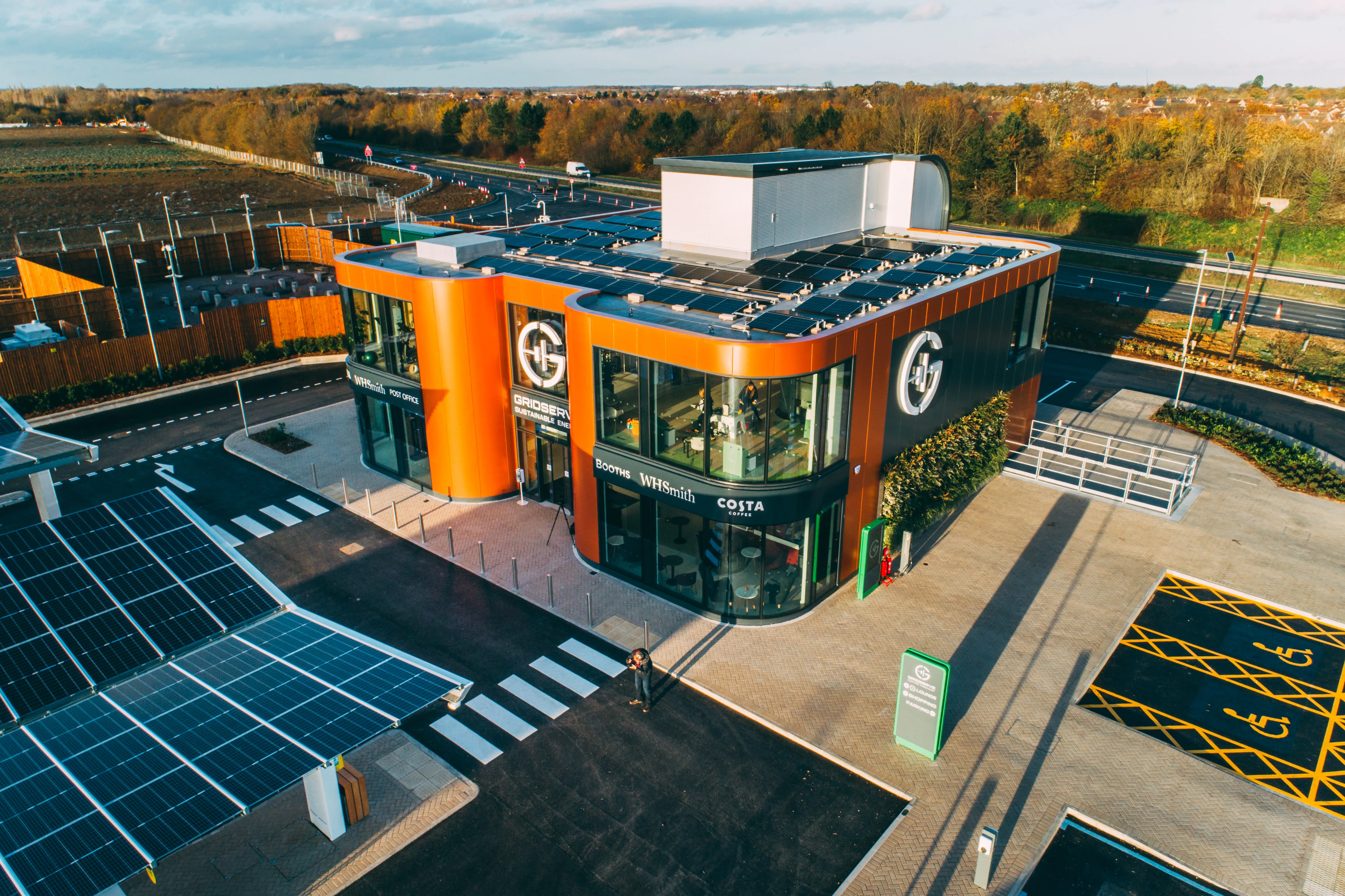Utah State University Research Foundation's Energy Dynamics Laboratory has announced that it has operated the first high-power, high-efficiency wireless power transfer system capable of transferring enough energy to quickly charge an electric vehicle. The lightweight, low-profile system demonstrated 90 per cent electrical transfer efficiency of five kilowatts over an air gap of 10 inches. The demonstration at EDL's North Logan, Utah, facility further validates that electric vehicles can efficiently be charg
April 17, 2012
Read time: 3 mins
"This demonstration is an extraordinary and historic step in providing technologies to electric vehicle owners who will be able to pull their cars into garages at home and charge without having to plug in with cords," said Jeff Muhs, director of the Energy Dynamics Laboratory. "Our scientists and engineers have proven that enough power can be transferred over large distances to safely and efficiently charge electric car batteries from a pad under the ground to a receiver attached to the undercarriage of a vehicle – and this is just the beginning."
Based on the same theory that currently enables consumers to wirelessly charge toothbrushes and cell phones, EDL says it has expanded the technology to levels and efficiencies that are unprecedented. The laboratory also says that it has demonstrated that the wireless power transfer system it has developed is tolerant of lateral misalignment in any direction within approximately six inches. The power level and efficiency specifications are firsts in the United States for a system of this kind and the combined performance is claimed to be unique in the world.
"In the not-so-distant future, we will see vehicles go from being charged by plugging into the electric grid, to wirelessly charging in garages, shopping centres and dedicated refueling stations, to mass transit vehicles that are charged as they are in motion and eventually wireless electric roadways where cars will travel at 75 miles per hour while being charged," stated Muhs. "Future versions of the system architecture developed at EDL have the unique potential to be embedded under pavement and transfer power wirelessly to vehicles at speeds of 75 mph or more and provide enough power to completely eliminate the range anxiety of electric vehicles. Wireless power transfer represents the disruptive technology that will eventually enable the safe and efficient electrification of highways, end our dependence on foreign oil, and enable a new era of enhanced mobility."







